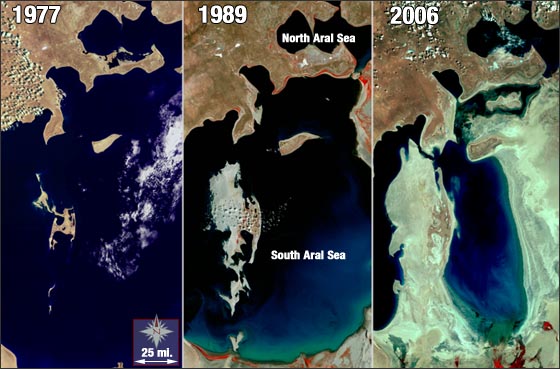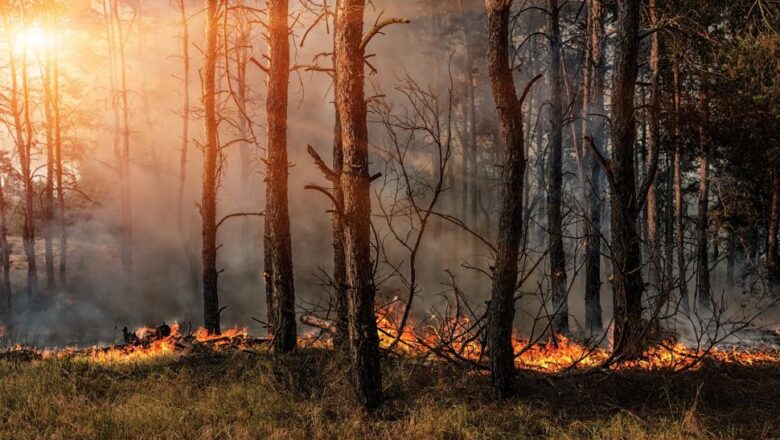
El Niño Fades, ENSO-Neutral Conditions Expected in May
The recent observations from the Australian Bureau of Meteorology (BOM) and the Climate Prediction Center (CPC-NOAA) suggest a transition from El Niño to ENSO-neutral conditions in the tropical Pacific.
Despite indications of El Niño persisting, the intensity has notably diminished since its peak in March 2024. Ocean surface temperatures in the equatorial Pacific have shown a gradual cooling trend, with negative sub-surface anomalies extending westward.
Key indicators like the Nino 3.4 index, which reflects sea surface temperature anomalies, are steadily declining and are projected to reach the threshold for ENSO-neutral conditions within the next few weeks. Additionally, the Southern Oscillation Index (SOI) remains within the ENSO-neutral range, indicating a shift towards neutral co...









